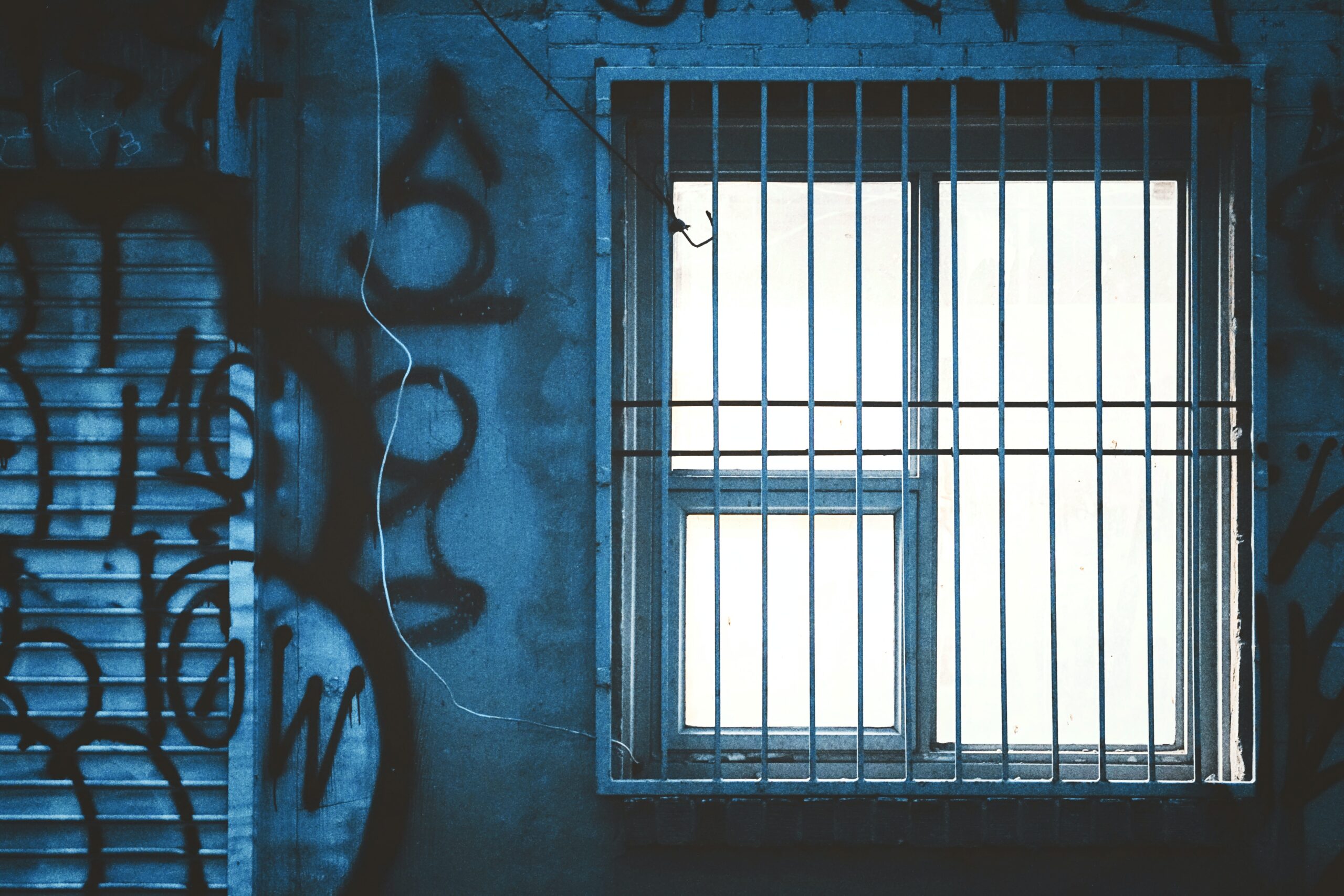A slow-moving depiction of class decay and the coming of modernity, The Music Room, directed by Satyajit Ray, is as pleasing and substantial a film as those of The Apu Trilogy. It features Chhabi Biswas as an aging nobleman landowner during the last days of a preindustrial culture whose ways have long been decaying. This decay and industrialization, represented by the low-class and boorish Mahim Ganguly (Gangapada Basu), are the final peals of a way of life that Biswambhar Roy (Biswas) cannot abandon. Evoking lush landscapes and an encroaching modernity with slow and steady rhythms, The Music Room uses a poetic realism (like that of The Apu Trilogy), emphasizing minutiae and the terrible serenity of distant upheaval—the turning of a crank, the sounding of an engine, the nettlesome clink of change removed from Ganguly’s pockets as though repurposed for the needs of a profligate society.
Everything is changing, and the character differences between Roy and Ganguly personify the unbridgeable cultures: the suave, cultured arrogance of the old nobility and the rude, careless one of the new. A nobleman living in his palace during the present time of the frame story, a proud, dismissive, and weary man that has survived the death of his wife and child, Roy is defensive of the traditions signifying a way of life as handed down through the generations; he knows himself to be the steward of a lineage of landowners dating back to his great-great-grandfather, but he can only watch, helpless, as this honorable traditionalism is torn open by a modern world, which honors only the new values of industry. Wealth and power, once the subtle seductions of a grand, cultured way of life, have merely become the means—to more wealth and power. Style has fallen by the wayside.
The battle ensuing between Roy and Ganguly can be wry, pointed, and moving, and it is never without a sensitivity to the human foibles of each man, maintaining a balance between satire and genuine tragedy. But the tragic tenor of the film overcomes the satirical, and Roy becomes more and more disconsolate after the deaths of his wife and son, the downturn of his finances, and the unrelenting march of the new money. One of the final sequences—that of the revived music room in which the exciting and lurid dancer, Krishna Bai, is the centerpiece of a cultural showdown—heralds the expected downfall of the arrogant Roy, so that his revival is merely the cementing of his obsolescence. He is irremediable, his pride and his old-hat notions cannot be fixed; and the tragedy follows, his death being a sacrificial nod toward the ways of the Bengali nobility.
The tragic, downward trajectory of Roy is similar to that of King Lear, except that King Lear embodies a more personal and moving vision than that of Roy, who languishes in his fading palace as an emblem of modern changes, a victim of the external forces augmenting his own pride. A foursquare, resolute nobleman standing in his own way, never seeing what he will never know, Roy is a failure and the last lambent flame of a former sun, making way for the uncouth sounds and the music of a new generation.


